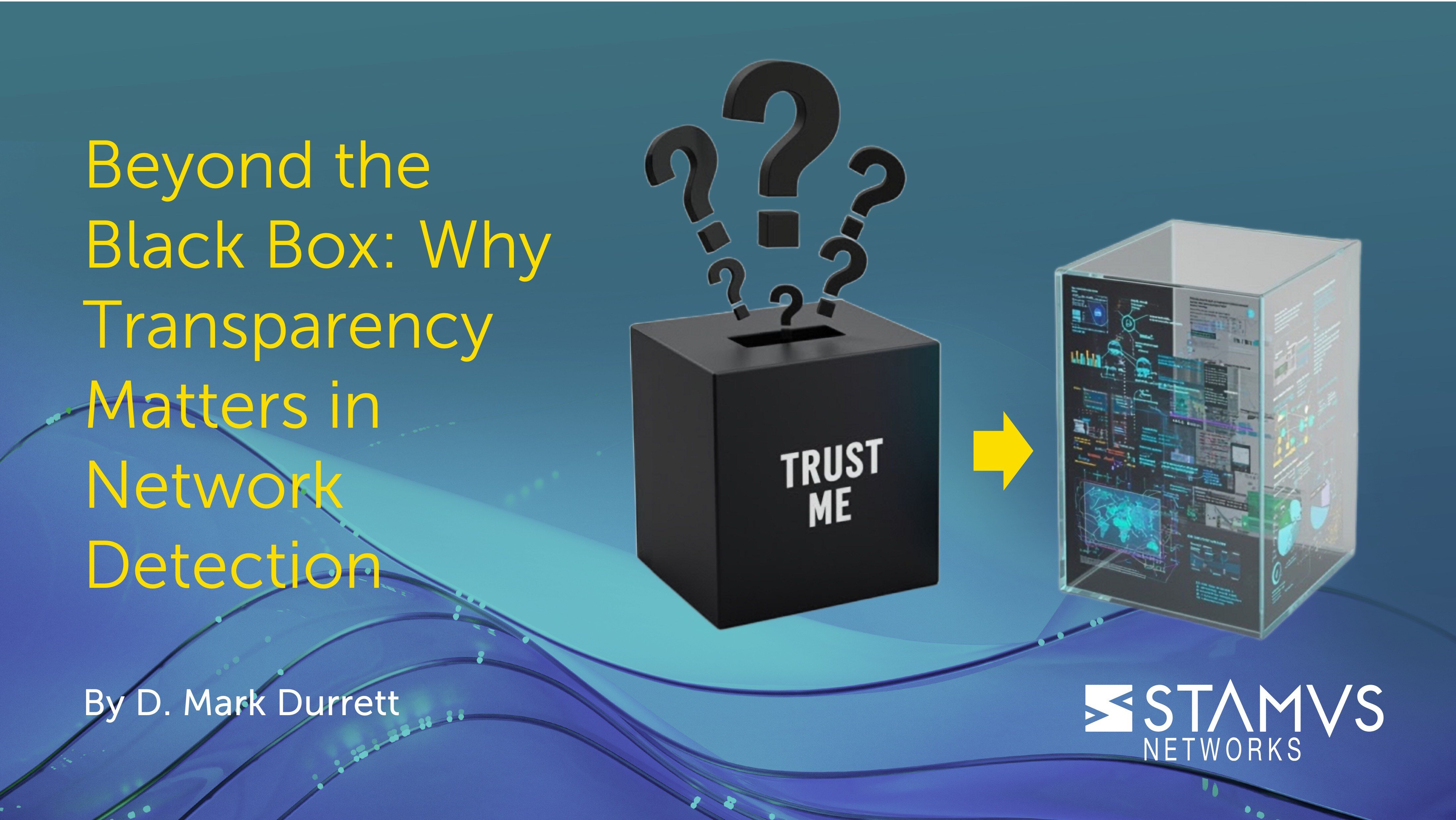It is easy to confuse intrusion detection systems (IDS) with intrusion prevention systems (IPS), especially when so many intrusion detection system examples appear to have the ability to operate as an IPS. With this in mind, what is the best example of an IPS? Is it better to have an independent IPS system, or use an IDS in IPS mode? And is that really the best solution to block potentially malicious network traffic? Let’s take a look.
What is an example of an intrusion prevention system?
One of the very best intrusion prevention system examples is Suricata, because it is a fully functioning IPS and IDS solution. Of all the IDS/IPS options, Suricata is by far the most flexible.
Suricata is a free, open-source IDS/IPS cybersecurity tool that acts as both an Intrusion Detection System (IDS) and an Intrusion Prevention System (IPS). It is used by organizations all around the world to detect cyber threats and monitor networks for suspicious activity.
Suricata’s strength lies in its versatility. When tuned correctly, it is a high-performance tool that can handle large volumes of network traffic and generate vast amounts of network traffic data. It is also extremely flexible, offering deep analysis of various protocols and the ability to customize rule sets to fit your organization’s specific needs. Because it’s an open-source IDS/IPS, Suricata benefits from a large, active community that constantly develops and refines its capabilities.
Put simply, Suricata is a powerful and adaptable tool that provides a robust layer of defense for any organization’s network security strategy.
What are two types of intrusion prevention systems?
There are two main types of intrusion prevention systems (IPS) categorized by their deployment location:
- 1. Network-Based Intrusion Prevention System (NIPS): This type of IPS is installed at strategic points on a network, like firewalls or routers. It monitors all traffic entering and exiting the network, analyzing it for suspicious activity based on known threat signatures. If it detects something malicious, it can take actions like blocking the traffic or sending alerts.
- 2. Host-Based Intrusion Prevention System (HIPS): Unlike NIPS, HIPS are installed directly on individual devices like desktops, laptops, or servers. They monitor traffic going in and out of that specific device, providing an extra layer of protection. HIPS can be especially useful for critical systems or devices that handle sensitive data.
What are the three types of intrusion prevention systems?
For both intrusion detection and prevention systems, there are three primary types of detection methods: anomaly-based, signature-based, and hybrid. These methods define how the IDS analyzes data to identify potential intrusions.
- Anomaly-Based IDS: Anomaly-based IDS focuses on identifying deviations from normal behavior within a network or system. It works by establishing a baseline for normal activity by statistically analyzing network traffic or system activity over time. This baseline becomes a reference for identifying anomalies. The IDS then continuously monitors network traffic or system activity and compares the real-time data to the established baselines. Significant deviations from these baselines are flagged as potential intrusions.
- Signature-Based IDS: A signature-based IDS relies on a predefined database of attack signatures to identify malicious activity. These signatures represent known patterns or fingerprints of network attacks or suspicious system behavior. The IDS continuously monitors network traffic or system activity and compares this data against the database of attack signatures. Any matches trigger an alert, indicating a potential intrusion attempt.
- Hybrid IDS: A hybrid IDS combines both anomaly-based and signature-based detection methods to address the limitations of each approach. A hybrid system leverages signature-based detection for known threats and anomaly-based detection for novel attacks. This enhances the overall effectiveness of intrusion detection.
Each of these three detection methods (Anomaly-based, Signature-based, Hybrid) offers different strengths and weaknesses. Choosing the most suitable approach depends on factors like the specific security requirements of the network, the resource availability for managing the IDS, and the acceptable level of false positives.
What is the example of IPS?
While Suricata is certainly the definitive example of a top intrusion prevention system software, it is important to mention that other more modern approaches to network security exist. Let’s take network detection and response (NDR) as an example.
NDR is a solution that monitors and analyzes network traffic to identify potential security threats or other malicious activities. By employing advanced detection methods, automated incident response, and active threat hunting, NDR empowers organizations to detect and respond to potential threats swiftly, thereby minimizing the risk of data breaches and unauthorized access.
NDR represents a logical progression from conventional network security tools such as intrusion detection systems (IDS). In contrast to IDS, NDR offers advanced detection methods, anomaly detection, threat hunting, high-fidelity alerts, and automated response capabilities essential for addressing emerging threats. While some NDR systems may incorporate IDS signature-based threat detection methods, it's important to note that no IDS is capable of delivering the comprehensive functionality provided by NDR.
Explore a modern alternative
You need a network security platform that doesn’t generate an endless stream of useless alerts across part of your network, and instead automatically identifies alerts of interest and notifies you of only serious and imminent threats. Your organization deserves response-ready detection with visibility into your entire network regardless of the environment with easy access to all the contextual evidence you need to stop an attack before it can cause damage. Replace your legacy IDS with a modern network detection and response platform that gives you these features and more.
The Stamus Security Platform™ is a network-based threat detection and response solution that eliminates the challenges of legacy IDS while lowering your response time. Stamus Security Platform harnesses the full potential of your network, bringing state-of-the-art threat detection, automated event triage, and unparalleled visibility to the security team.
Book a demo to see if the Stamus Security Platform is right for your organization.
To learn more about replacing your legacy IDS, check out the following resources:
- A Practical Guide for Migrating from Your Legacy IDS/IPS to a Modern Alternative
- 12 Signs It's Time to Upgrade your Legacy IDS/IPS
- 3 Critical Questions to Answer Before a Legacy IDS/IPS Upgrade
- Weak Attack Signals your Legacy IDS will Miss
To be notified of new blog posts and other news, make sure to subscribe to the Stamus Networks blog, follow us on Twitter, LinkedIn, and Facebook, or join our Discord.






